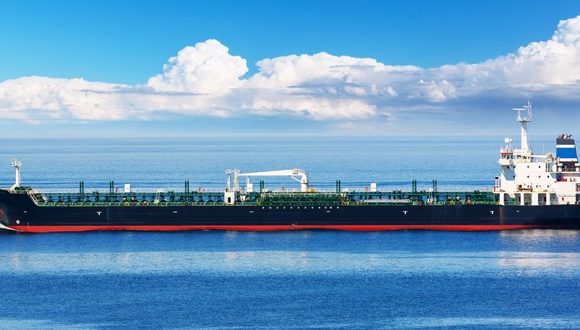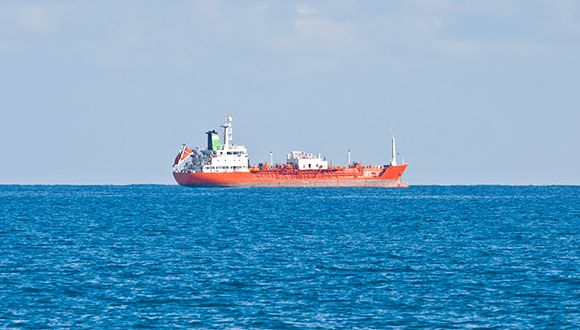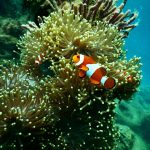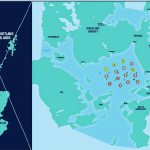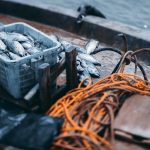10 Most Endangered Marine Species
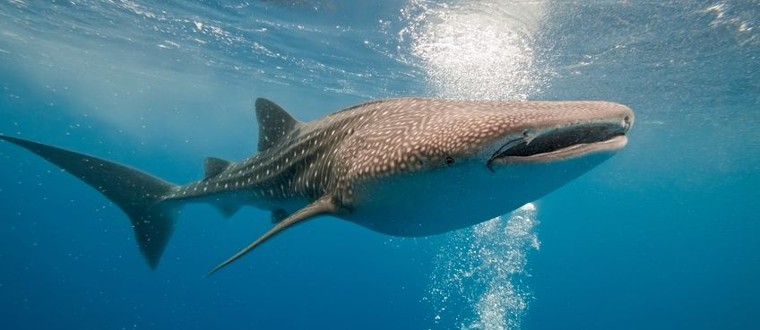
The marine ecosystem of the world is comprised of animals that are interdependent. If one species begins to lower in numbers, others are affected. From plastics to environmental toxins, many marine species are endangered or at risk. We must take a stand to do everything we possibly can to protect our marine animals before it is too late. This means implementing catch and release programs, sustainable fishing, and choosing the products we buy carefully. Everything we use or throw out has the potential to cause damage to sea life.
Why Are Marine Species Becoming Endangered?
There are many species of turtles, snails, and whales that are becoming endangered. No, it is not their predators that are bringing down their numbers – it’s us! As of now, there are 2,270 marine species listed as endangered.
Trash has become a major problem. In the news recently, it was reported a beached whale was discovered with 220 pounds of trash in his stomach. Our trash is killing our beloved sea creatures and if we do not do something now, there are some sea animals we will never see again.
Top 10 Most Endangered Marine Species
As stated above, there are thousands of marine species that are in danger, but some are at a greater risk than others. Here, we will discuss the top ten endangered marine species to encourage the world to stop trashing our oceans and begin to care about dying species that rely on these waters.
Vaquita
The Vaquita is the smallest endangered cetacean species. It was only first sighted around fifty years ago and is already at the brink of extinction. It is believed the proliferative use of gill net fishing has led to the near extension of this delicate sea creature. If changes are not made soon, it will be gone within ten years.
Blue Whale
The Blue Whale is the largest living sea mammal. These majestic creatures can grow as long as 100 feet and weigh over two tons. Because they are at the top of the ocean food chain, they play a vital role in keeping our oceans clean. Although an international hunting ban has been in place since 1966, this has not stopped unscrupulous hunters from reducing the blue whale’s numbers.
Kemp’s Ridley Sea Turtle
This sea turtle is one of the smallest living in the ocean and it is also one of the most endangered. A loss of habitat, pollution, and sea nets have caused this turtle to become near extinct. Marine experts are now working to harvest this turtle’s eggs and hatch them in protected environments so they can thrive and then be released into the ocean to boost the population.
Hawksbill Turtle
This beautiful sea creature has declined in numbers over 80% in the last century. In some tropical islands, these turtles are being mercilessly killed for their meat and their colorful shells. These shells often show up for sale in tourism traps under the name tortoiseshell. Even though many countries have banned these practices, they continue.
Stellar Sea Lion
This eared sea lion is one of the largest of the Otariid family. This sea lion is hunted by Alaskans and Canadians for its meat, oil byproducts, and hides, making it nearly extinct. The Stellar Sea Lion population has declined by as much as 60% since 1960.
Hammerhead Shark
Hammerhead sharks were given their name because of their hammer-shaped heads. Although there have been unprovoked attacks on humans, these fish primarily live off consuming smaller marine species. A horrific finning practice has caused the hammerhead shark’s decline. Fishermen drag the shark onboard, cut off its fin and then throw it back in the water to bleed to death.
Fin Whale
Fin Whales are the second largest marine mammal. These whales typically grow up to 114 tons. Just as many whales have become victims, Fin Whales are also being depleted in numbers due to hunting. At its possible highest level, there are only around 119,000 of these whales present in the world right now.
Hector’s Dolphin
This dolphin is found off the coast of New Zealand. This is one of the world’s rarest dolphins and is known by the black markings on its face. Trolling and large net fishing is taking its toll on Hector’s Dolphin’s numbers and we may see their complete extinction in just a few years.
Hawaiian Monk Seal
This adorable sea mammal is falling off in numbers like never before. There were originally only three monk seal species, but the Caribbean Monk Seal has already disappeared forever. At present, there are only about 1,400 of these seals left on the planet.
Green Sea Turtle
The Green Sea Turtle is one of the largest living in the sea. These turtles have always been a popular food choice among natives which has caused it to be killed in great numbers. In addition to being hunted, this creature is also endangered because of careless fishing practices, loss of habitat, and dwindling food sources.
Conclusion
As humans, we are responsible for caring for our sea life by keeping our oceans clean and free of trash and chemical pollutants. If we do not do something now, we could soon see all the above sea creatures no longer inhabiting our planet. We must all do our part before it is too late.
—————————–
Sponsor of this article is Camping Moz with a review of environmentally friendly boat cleaning products.
—————————–

